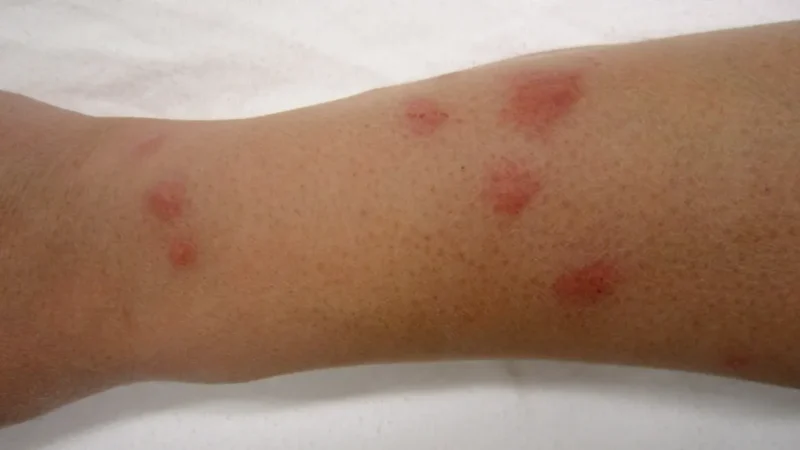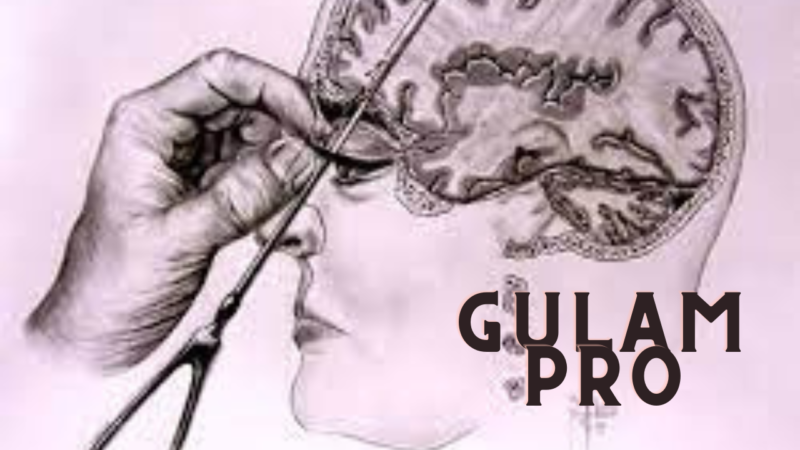milialar: Understanding the Small, White Bumps on Your Skin

milialar are small, white bumps that can appear on the face, especially around the eyes, cheeks, and nose. They are often confused with pimples, but milia are not acne. They are harmless and usually do not cause any pain or discomfort.Certain individuals though, might think they’re ugly.
What are Milia?
Milia are small cysts that are filled with keratin, a protein that is found in the skin. They are most common in newborns, but they can also occur in adults.
- The word primary milia: The most widespread kind of wounds are these.They develop during infancy or early childhood.
- Secondary milia: These are caused by something that is blocking the oil ducts in the skin. This can be caused by sun damage, burns, or blistering.
What Causes Milia?
The exact cause of milia is unknown, but there are several factors that may contribute to their development, including:
- Genetics: Milia can run in families.
- Age: Milia are more common in newborns and infants.
- Hormonal changes: Milia can be more common during pregnancy and menopause.
- Skin conditions: Certain skin conditions, such as rosacea and ichthyosis, can increase the risk of milia.
- Sun exposure: Sun exposure can damage the skin and make it more likely to develop milia.
- Certain medications: Some medications, such as steroids, can increase the risk of milia.
Symptoms of Milia
Milia are usually painless and do not cause any discomfort. However, they may be unsightly and can make the skin feel rough or bumpy. Milia can appear anywhere on the face, but they are most common on the cheeks, eyelids, and nose. They are typically white or yellow in color and are about the size of a grain of rice.
How are Milia Diagnosed?
Milia can usually be diagnosed by a dermatologist simply by looking at the skin. However, in some cases, a biopsy may be needed to rule out other skin conditions.
Treatment for Milia
The majority of mila dissipate on their own in a span of months or even weeks.However, there are some treatments that can help to speed up the healing process, including:
- Exfoliation: Exfoliation can help to remove the dead skin cells that are blocking the oil ducts.
- Retinoids: Retinoids are a type of vitamin A that can help to unclog pores and prevent milia from forming.
- Extraction: In some cases, a dermatologist may be able to extract the milia using a sterile needle.
- Laser treatment: Laser treatment can be used to destroy the milia.
Prevention of Milia
There is no sure way to prevent milia from forming.nevertheless there are still a few everything you can take that will decrease your risk, such as:
- Wash your face gently: Avoid using harsh soaps or scrubbing your skin too hard.
- Use a sunscreen with an SPF of 30 or higher: This can help to protect your skin from the sun’s damaging rays.
- Avoid picking or popping milia: This can cause scarring and infection.
When to See a Doctor
Most milia are harmless and do not require medical attention.
- The milia are causing you pain or discomfort.
- The milia are growing larger or spreading.
- You have a concern about the appearance of the milia.
Conclusion
Milia are small, harmless cysts that are common in newborns and infants. They usually go away on their own within a few weeks or months. For the other hand, specific treatments may aid in hurrying the healing process. You ought you speak with a dermatologist if you have worries regarding milia.






